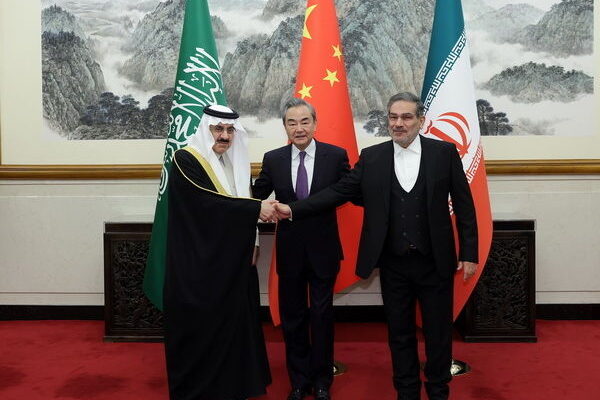In China-brokered talks, the two oil-rich and rival states of Iran and Saudi Arabia have agreed to restore diplomatic relations after a seven-year split. Although the two sides need much confidence-building, their rapprochement carries the potential to change the regional geopolitical landscape at the cost of concerns for policy hawks in the US and Israel.
The longstanding Iranian–Saudi sectarian and geopolitical rivalry has been a major source of tension and conflict in the Persian Gulf region. Traditionally, whereas Iran has sought to project itself as the guardian of Shia Islam, Saudi Arabia has claimed the leadership of Sunni Islam. Both have also competed for regional geopolitical supremacy. They have been involved, in opposition to one another, in some of the conflict-ridden flashpoints in the region, including Iraq, Syria, Lebanon and Yemen.
Fearing Iran’s nuclear program and regarding the country as a regional threat, the traditionally US-backed Saudi Arabia has opened backdoor diplomatic channels with Iran’s other US-allied regional foe, Israel, and supported the normalisation of relations between some of its partners in the Gulf Cooperation Council (the United Arab Emirates and Bahrain, in particular) with the Jewish state in an anti-Iran front. In response, Iran has forged close ties with Russia and China. The Saudi execution of a prominent Shia cleric and Iranians’ storming of the Saudi embassy in Tehran resulted in Riyadh cutting ties with Tehran in early 2016.
Read the article in The Strategist.

